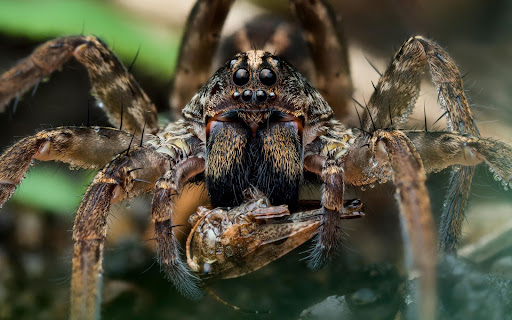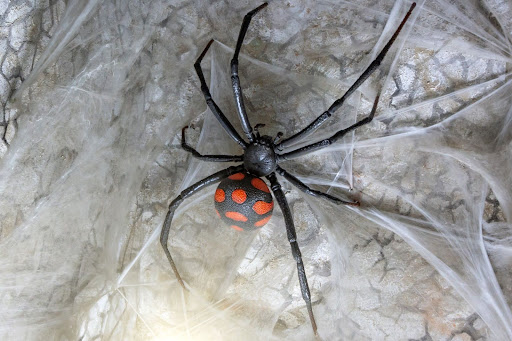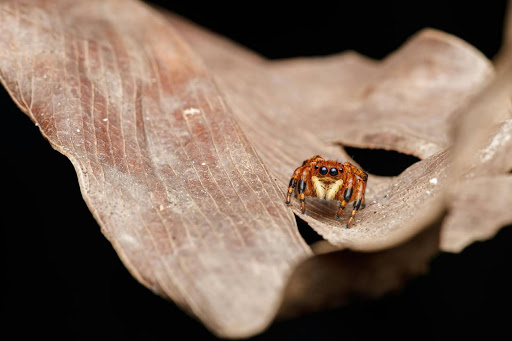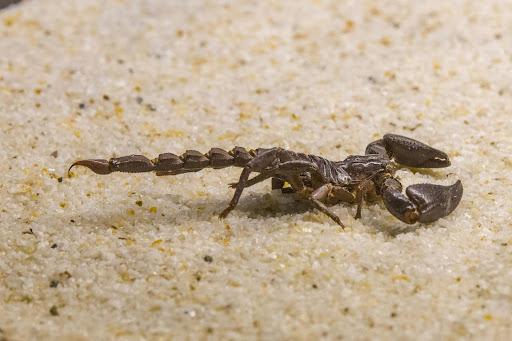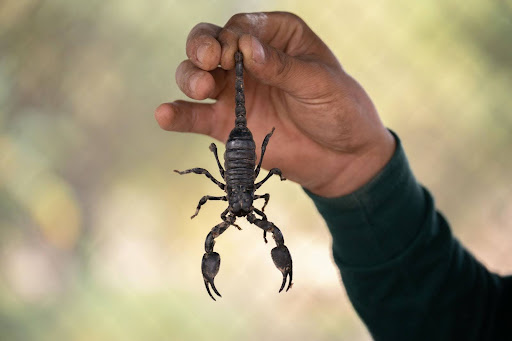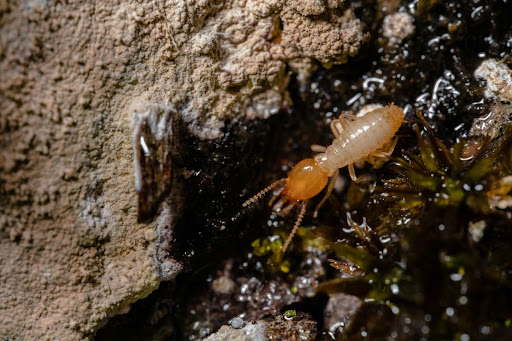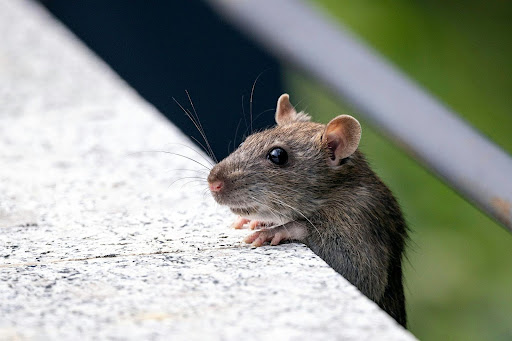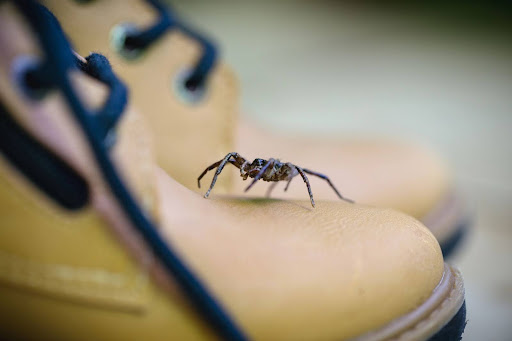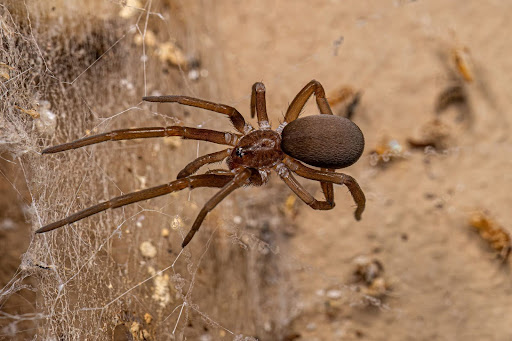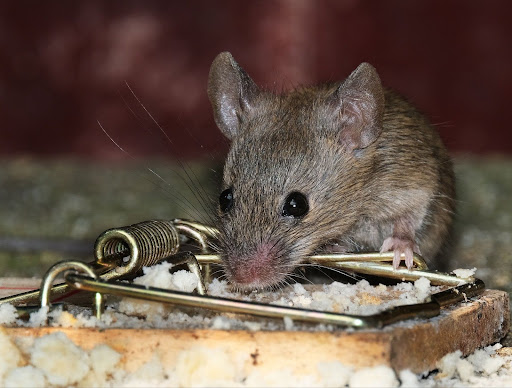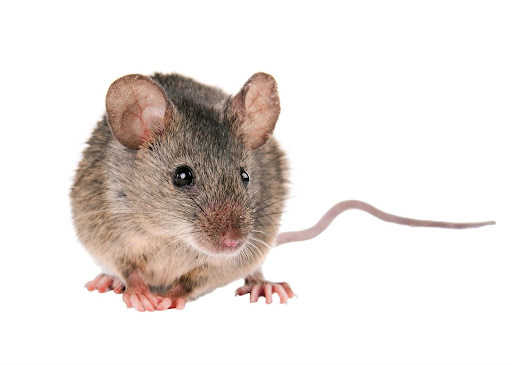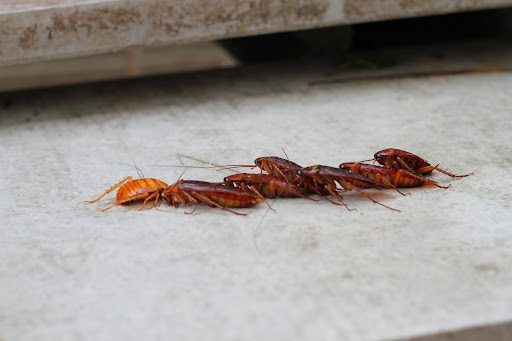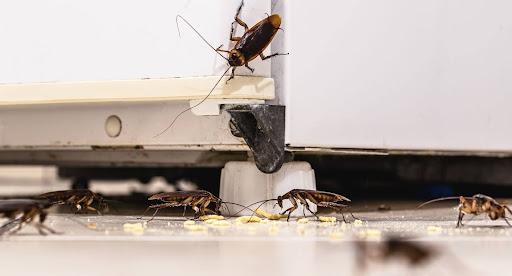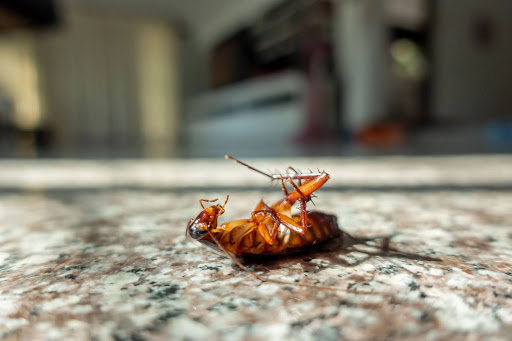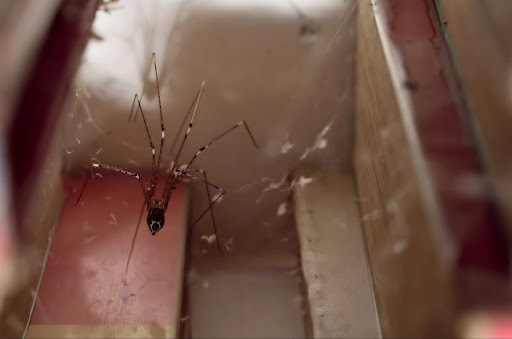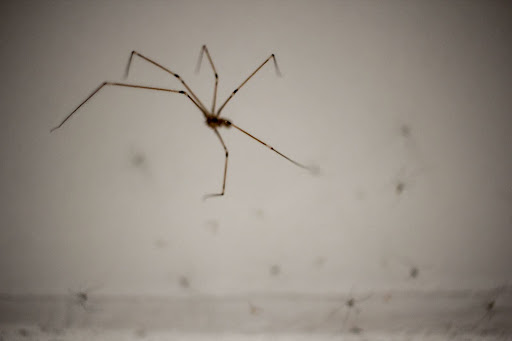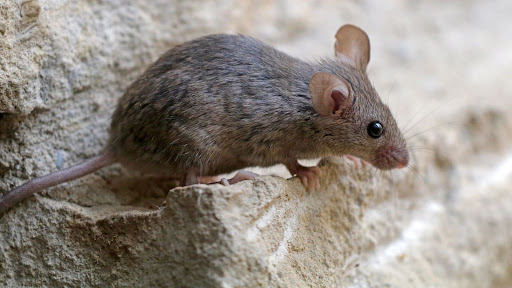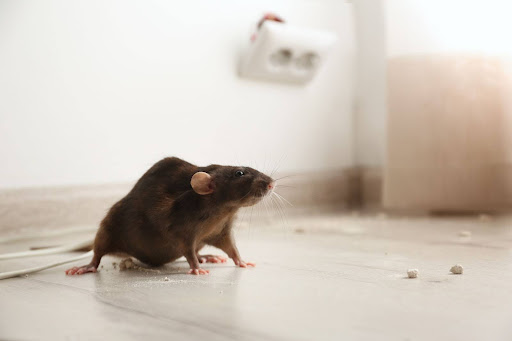“Just because you’re paranoid doesn’t mean they aren’t after you.”
While Joseph Heller’s famous line from Catch-22 wasn’t about spiders, it does capture the feeling that these creepy crawlies can evoke.
Here in Arizona, with its vast deserts and unique habitats, spiders are a common sight, lurking in shadows and sometimes even creeping into our homes. They’re here in droves, too, with more than two dozen species found here in the Grand Canyon State.
So, what are some of the most common spiders native to Arizona? Let’s take a peek.
Spiders Native to Arizona
Arizona is home to a diverse range of spider species, each with its own unique characteristics and habitats. Let’s take a look at some of the more common ones:
1. Arizona Brown Spider
Often mistaken for the infamous brown recluse, the Arizona brown spider is one to watch out for. This spider prefers quiet, undisturbed areas like attics, basements, and woodpiles.
While its bite is less toxic than that of a brown recluse, it can still cause serious symptoms. If you’re living in Arizona, it’s good to be aware of these eight-legged neighbors.
2. Black Widow
Yes, the notorious black widow calls Arizona its home.
Recognizable by its shiny black body and red hourglass marking, the black widow is found in dark and secluded areas such as garages and woodpiles. A bite from this spider can be quite painful and requires immediate medical attention.
3. Tarantula
Tarantulas may look intimidating due to their large size and hairy bodies, but they’re generally shy and non-aggressive. They tend to stay outdoors but may wander into homes occasionally.
Despite their fearsome appearance, tarantulas pose little threat to humans.
4. Wolf Spider
With a robust build and excellent hunting skills, the wolf spider is named for its swift movements. These spiders don’t spin webs but instead chase down their prey. Though intimidating in appearance, their bites are not dangerous to humans.
5. Jumping Spider
These small, agile spiders are fascinating to watch due to their unique jumping abilities. They have excellent vision and are often found in gardens or on windowsills. Jumping spiders are harmless to humans and can even help control pest populations.
The Benefits of Professional Pest Control
While spiders play an important role in the ecosystem by keeping insect populations in check, an infestation can be unsettling and potentially hazardous.
This is where professional pest control comes into play.
Professional pest control experts have the knowledge and tools to accurately identify spider species and assess the extent of an infestation. They use targeted treatments that are effective in managing spider populations, making sure your home remains spider-free.
The pros, like our team at Green Magic Pest Control, also have an eye on safety. Some spider species, like the black widow, are dangerous, and handling them requires caution. The pest control professionals on our team are trained to handle these situations safely, reducing the risk of bites and other accidents.
Another key advantage of hiring professionals is their ability to implement long-term prevention strategies. By identifying potential entry points and eliminating attractive habitats, we help prevent future infestations, providing peace of mind.
We also offer a personally tailored approach. After all, every home and infestation is unique. We’ll give you solutions that address your specific needs and promise effective results. Whether it’s a recurring problem or a one-time invasion, we’ve got you covered.
Creating a Spider-Free Environment
In addition to professional pest control, there are several steps you can take to minimize the presence of spiders in your home:
- Maintain Cleanliness: Regular cleaning and decluttering can significantly reduce spider habitats. Vacuuming corners, under furniture, and around window sills will help disrupt potential nesting sites.
- Seal Entry Points: Inspect your home for cracks and openings, especially around doors, windows, and foundations. Sealing these entry points can prevent spiders and other pests from entering your home.
- Reduce Outdoor Attractants: Spiders are often attracted to outdoor lighting at night. Consider using yellow or sodium vapor lights, which are less attractive to insects and, consequently, spiders.
- Store Firewood Away from Home: If you have firewood, keep it stored away from your home, as it provides an ideal hiding place for spiders. Keep it elevated off the ground to further discourage arachnid residents.
- Trim Vegetation: Spiders often enter homes through overgrown vegetation. Regularly trim bushes, shrubs, and trees that are near your home to reduce pathways for spiders.
- Use Natural Repellents: Essential oils like peppermint, tea tree, and citrus are natural repellents that spiders tend to avoid. Dilute these oils with water and spray them in areas prone to spider activity.
Trust in Green Magic Pest Control to Get Rid of Spiders
Spiders are a natural part of Arizona’s ecosystem, and while most are harmless, some can pose risks. By understanding the common species of spiders native to Arizona and taking proactive measures, you can coexist with these arachnids without fear.
However, if you find yourself facing an infestation or simply want to ensure your home remains spider-free, enlisting the help of a professional pest control service is a smart choice.
For those residing in Chandler, Mesa, Phoenix, or anywhere in ‘The Valley,’ Green Magic Pest Control is your go-to for expert, reliable, and friendly service. Give us a call today!

